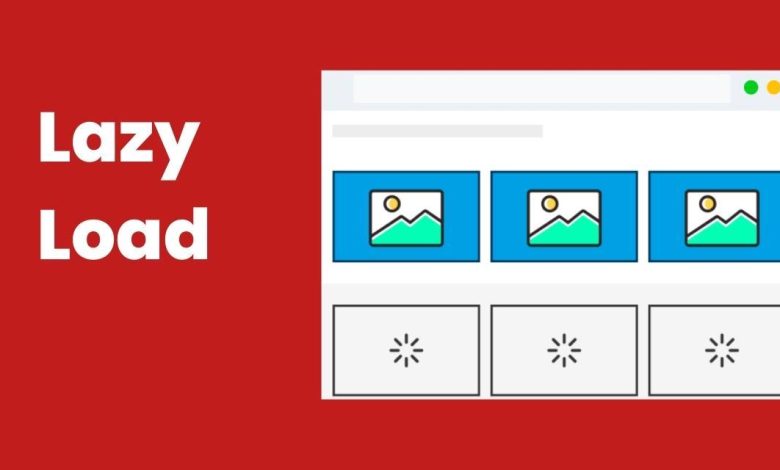Boosting Website Performance with Lazy Loading

Website performance is one of the most critical factors for user experience and SEO. Studies show that if a page takes more than 3 seconds to load, many users will leave. One of the most effective techniques to improve performance is lazy loading.
Lazy loading ensures that only the content visible to the user loads immediately, while the rest loads on demand as the user scrolls. This makes websites faster, more efficient, and reduces unnecessary bandwidth usage.
In this article, we’ll cover what lazy loading is, why it matters, and how to implement it effectively in modern web development.
1. What Is Lazy Loading?
Lazy loading is a design pattern that delays the loading of non-essential resources until they are needed. Instead of downloading all content at once, resources load just in time as users interact with the page.
Typical use cases:
- Images: Load only when visible on the screen.
- Videos: Start downloading only when the user scrolls to them.
- Iframes/Ads: Loaded only if the user actually reaches them.
2. Why Lazy Loading Matters
The benefits of lazy loading go beyond speed:
- Improved Performance: Reduces initial page load time.
- Better User Experience: Users see the content they care about faster.
- SEO Benefits: Google ranks faster-loading websites higher.
- Bandwidth Savings: Prevents unnecessary downloads for content users never see.
3. Lazy Loading Images in HTML5
With HTML5, implementing lazy loading is very simple using the loading attribute:
✅ Example:
This tells the browser to defer loading the image until it’s close to the viewport.
4. Lazy Loading with JavaScript
For older browsers or more advanced control, you can implement lazy loading with JavaScript.
✅ Example:
This uses the Intersection Observer API for efficient lazy loading.
5. Lazy Loading Videos and Iframes
Videos and embedded iframes can be heavy. Use loading="lazy" for iframes or load video sources dynamically.
✅ Example with iframe:
✅ Example with video:
6. Lazy Loading in Frameworks
- React: Use
React.lazy()andSuspenseto load components on demand. - Next.js: Supports dynamic imports for lazy loading.
- Vue.js: Use dynamic imports and async components.
✅ Example in React:
7. Potential Pitfalls of Lazy Loading
While powerful, lazy loading has challenges:
- SEO Issues: Some content may not be indexed if not implemented correctly.
- User Experience: If done poorly, users may see loading spinners instead of content.
- Compatibility: Older browsers may not support modern lazy loading features.
8. Tools to Test Lazy Loading
- Lighthouse (Chrome DevTools): Measure performance improvements.
- GTmetrix / PageSpeed Insights: Check page speed and loading metrics.
- WebPageTest: Simulate different devices and networks.
9. Best Practices for Lazy Loading
- Always provide
widthandheightfor images to avoid layout shifts. - Combine lazy loading with image optimization (e.g., WebP format).
- Avoid lazy loading above-the-fold content—those elements should load immediately.
- Test across devices and networks.
Conclusion
Lazy loading is one of the simplest yet most powerful techniques to improve website performance. By deferring the loading of non-essential resources like images, videos, and iframes, you can significantly reduce page load times, save bandwidth, and create a smoother user experience.
With HTML5’s built-in loading="lazy" and advanced JavaScript APIs, lazy loading has never been easier to implement. If performance and SEO matter to you (and they should), lazy loading is a must-have in your toolkit.

